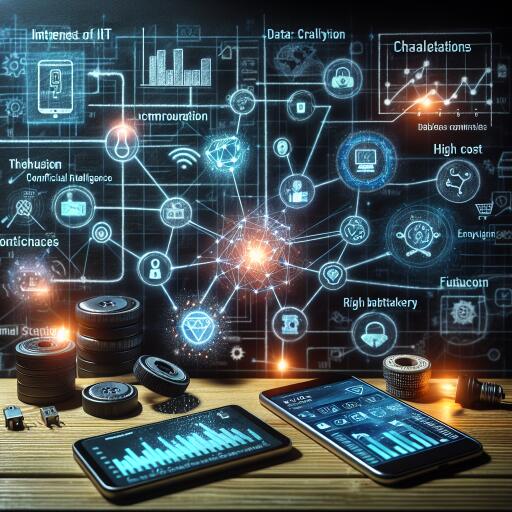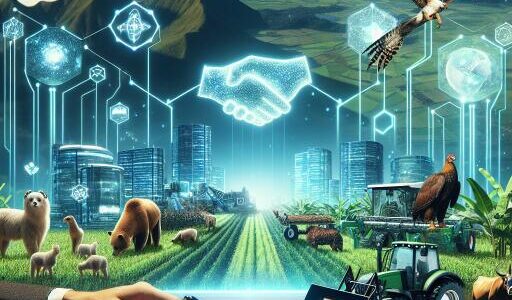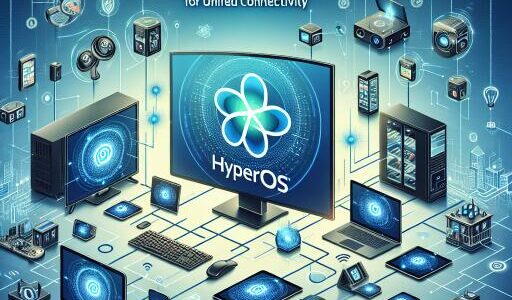Internet of Things: Apps, Challenges and Future Trends
The Internet of Things (IoT) symbolizes a global network where physical devices, embedded with sensors and other technologies, are interconnected to communicate and exchange data over the internet. This paradigm shift is revolutionizing how industries operate by streamlining automation, enhancing efficiency, and improving decision-making.
Incorporating the prowess of artificial intelligence (AI), machine learning (ML), and cloud computing, IoT has reshaped sectors like smart homes, industrial facilities, urban environments, and transportation. Essential to this connectivity are wireless technologies such as Wi-Fi and mobile networks, which invigorate seamless data interactions.
Expanding Applications of IoT
IoT applications span across various domains. Smart agriculture leverages IoT for optimizing crop management, irrigation, and pest control, utilizing sensors and drones powered by AI. The real-time data collected enhances decision-making, ensuring efficiency and sustainability.
Within the home, IoT-driven devices are transforming living spaces into smart homes that optimize energy consumption and bolster security. Homeowners control their environment—be it lighting, temperature, or security systems—remotely through mobile applications, thus increasing convenience while cutting down energy expenses.
The healthcare industry benefits immensely from IoT innovations through remote patient monitoring, real-time health tracking, and efficient hospital resource management. Smart wearables, telemedicine systems, and remote sensors enrich patient care and aid in reducing healthcare costs.
Environmental conservation also witnesses advancements with IoT. Sensors monitor air and water quality and track wildlife movements and weather variations. This enables timely responses to ecological threats and pollution management. Meanwhile, IoT facilitates industrial automation, bringing real-time oversight, enhanced production processes, and cost efficiency.
In the transportation sector, IoT smart systems monitor and optimize traffic flow, thereby enhancing safety and customer experience in aviation and public transit.
Challenges to Unleashing IoT’s Full Potential
While IoT’s transformative impact is undeniable, several hurdles hinder its vast capabilities. Security issues loom large as IoT systems afford multiple gateways for cyber threats, necessitating robust authentication protocols to thwart potential attacks.
Data privacy becomes a pressing issue since IoT devices incessantly gather sensitive data that could be at risk if not well-encrypted. Furthermore, power consumption is a significant concern, with many IoT devices reliant on battery power in remote settings. Energy demands must be balanced to ensure longevity, especially in areas such as traffic systems and remote surveillance.
Researchers are investigating solutions to overcome these energy constraints, including developing efficient hardware, optimizing software, and exploring energy-harvesting strategies using thermoelectric, piezoelectric, and solar methods.
Another impediment is the dearth of skilled professionals in cybersecurity, data analytics, and wireless communications, impeding IoT growth. This skills gap demands concerted efforts from companies and academia to foster training programs and collaborations to furnish the necessary expertise.
Amidst the swell of connected devices, bandwidth limitations pose a challenge. Many IoT devices operate on low-power networks that offer limited bandwidth, hampering data throughput and scalability. Advanced network strategies and superior spectrum management are needed to maintain and support IoT’s expanding ecosystem.
The Role of Emerging 5G and AI Technologies
5G technology stands as a cornerstone for IoT, delivering unprecedented data speeds, reduced latency, and substantial bandwidth compared to earlier mobile networks. This advancement leads to seamless communication, real-time data handling, and operational prowess.
Looking ahead, 6G technology promises even greater strides with lower latency and faster data rates, catering to sophisticated applications like autonomous driving and remote medical procedures. Artificial intelligence (AI) further complements 6G, optimizing network efficiency and propelling real-time data processing capabilities.
Moreover, AI-driven advancements are influencing IoT-enabled smart agriculture, with AI technologies fostering initiatives such as disease detection and resource optimization through machine learning and intelligent models. This convergence of AI and IoT is set to transition traditional practices toward data-centric decision-making and efficiency.
Revolutionizing IoT with Edge Computing
Edge computing signifies a transformative leap for IoT, pushing data processing and storage closer to its source which, in turn, curtails latency and boosts response times. This is vital for vast IoT implementations, enhancing quality in smart city operations and other real-time applications.
The deployment of mobile edge computing infrastructures optimizes performance and sustains IoT ecosystems, reducing dependency on cloud-based data transmissions and, subsequently, fortifying data security. A dependable device authentication mechanism becomes imperative to secure and streamline these edge infrastructures.
The Future Landscape of IoT
As we integrate groundbreaking technologies like AI, edge computing, and forthcoming 6G networks, IoT capabilities will skyrocket. These developments pave the way for instantaneous data operations, fortified security, and improved efficiency.
Addressing existing challenges through investments in cybersecurity, energy solutions, and skill enhancement will be pivotal for IoT’s sustained evolution. As IoT morphs and matures, it promises to reshape industries, optimizing quality of life with unwavering potential. Through progressive innovation and collaboration across sectors, academia, and regulatory bodies, IoT is set to pioneer the burgeoning technological revolution, shaping a seamlessly connected world.










